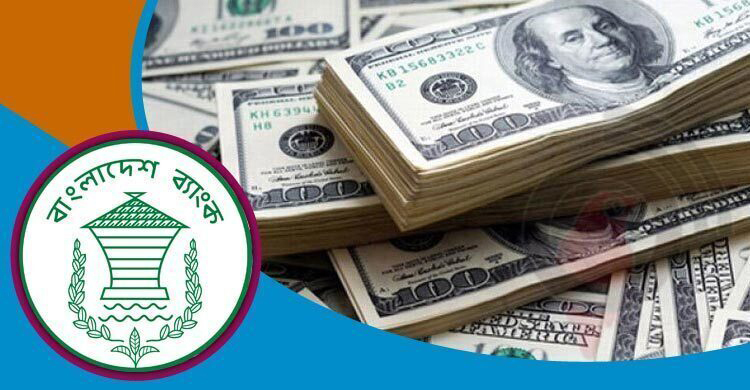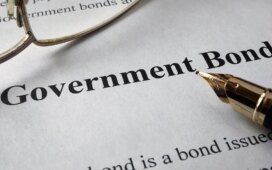Bangladesh’s foreign exchange reserves saw a slight increase, reaching $30.59 billion, Bangladesh Bank Executive Director and spokesperson Arif Hossain Khan said on Sunday (September 14).
According to the central bank’s latest data, the country’s foreign currency reserves stood at $30.59 billion by the end of Sunday. Under the IMF’s BPM6 methodology, the figure is $25.75 billion.
Earlier, reserves had dropped to $30.30 billion following a $1.5 billion payment to the Asian Clearing Union (ACU) for imports last week. Under BPM6 calculations, reserves then stood at $25.39 billion. Bangladesh Bank also maintains another measure of net or actual reserves, which is reported only to the IMF and is not publicly disclosed.
According to global standards, a country should maintain at least three months’ worth of import expenditure in reserves. In this context, Bangladesh is now slightly above that threshold. Reserves are primarily built through remittances, export earnings, foreign loans, and foreign investment, and decrease due to import payments, loan interest, payments to foreign workers, and expenses related to education and travel abroad.
Following recent political changes, an increase in legally remitted funds has eased the foreign exchange market. As a result, Bangladesh Bank has not had to sell dollars from its reserves and has instead purchased dollars from the market. On September 4, the central bank bought $134 million from five commercial banks, and on September 2, it purchased $47.5 million from eight banks.
In the first month of the 2025-26 fiscal year, July, the country received $247.79 crore in remittances (approximately BDT 30,239 crore). In August, remittances amounted to $242.20 crore (BDT 29,548 crore). In March 2025, remittances peaked at $329 crore, marking a record for that fiscal year. Overall, remittances for the 2024-25 fiscal year reached $30.33 billion, a 26.8% increase from the previous year’s $23.91 billion.
Monthly remittance inflows during 2024-25 were: July: $191.37 crore; August: $222.13 crore; September: $240.41 crore; October: $239.50 crore; November: $220 crore; December: $264 crore; January: $219 crore; February: $253 crore; March: $329 crore; April: $275 crore; May: $297 crore; and June: $282 crore.
According to Bangladesh Bank, the country’s foreign exchange reserves stood at only $15.32 billion at the end of June 2013. Five years later, they rose to $33.68 billion. On September 1, 2020, reserves crossed the $39 billion mark for the first time, and in October of the same year, they exceeded $40 billion. Despite the COVID-19 pandemic, reserves reached an all-time high of $48.04 billion on August 24, 2021. However, a subsequent dollar shortage caused reserves to decline steadily.





